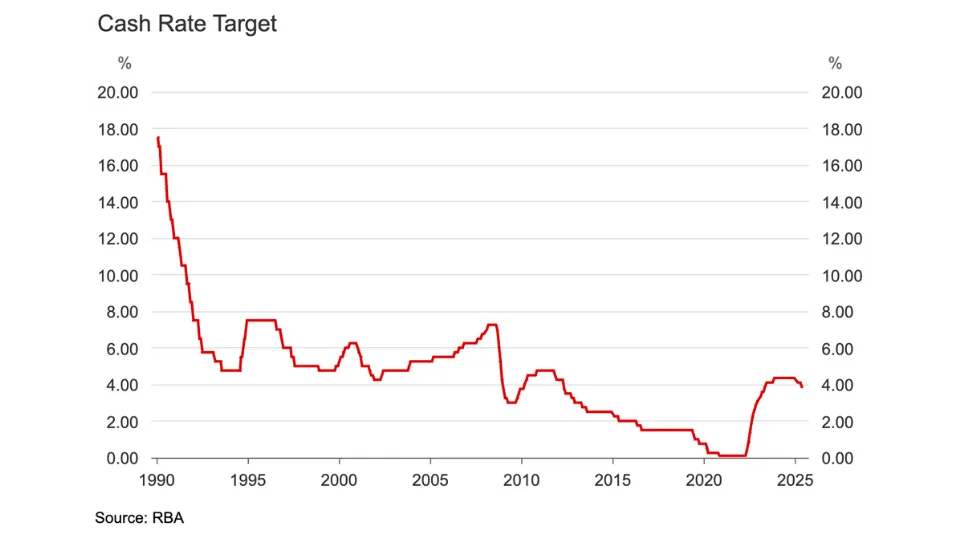The Australia and New Zealand Banking Group (ASX: ANZ) share price has fallen nearly 3% because of action taken by the Reserve Bank of New Zealand (RBNZ).
ANZ is a leading Australian and New Zealand banking institution, with a presence throughout the oceanic region. ANZ is one of the Big Four Aussie banks and derives much of its revenue from mortgages, personal loans and credit.
Why The ANZ Share Price Has Fallen?
The ANZ share price has fallen almost 3% after the Reserve Bank of New Zealand took away ANZ’s banking licence to model and operate its own capital levels.
ANZ said that in the course of a self-review, the bank discovered it had not been using an approved model for the calculation of operational risk capital (ORC) requirement since December 2014.
ANZ New Zealand said that the ORC was calculated by the Ultimate Parent Bank.
How did this happen?
The bank admitted that a failure of systems and controls, as well as no verification being undertaken by the Bank, meant that ANZ decommissioned the RBNZ approved model without first ensuring it had the necessary regulatory approved models in place to move to a new model.
What now for ANZ?
As a result, from 31 March 2019, ANZ’s ORC requirement has increased by NZ$277 million and its capital ratios have decreased by 0.4% for common equity tier 1 (CET1) capital and 0.6% for total capital.
ANZ is now working with RBNZ to provide further information to show there are no other similar capital model compliance issues.
From 30 June 2019, ANZ’s condition of registration has been amended to include a supervisory adjustment to the bank’s capital adequacy calculations. This is expected to increase risk weighted assets by approximately NZ$10.1 billion based on 31 March 2019 exposures.
Is ANZ A Buy?
This is another problem for ANZ’s profitability over the medium term, along with falling house prices and Royal Commission remediation.
I’d much rather invest in one of the reliable and proven ASX shares revealed in the free report below.
[ls_content_block id=”14945″ para=”paragraphs”]
[ls_content_block id=”18380″ para=”paragraphs”]










